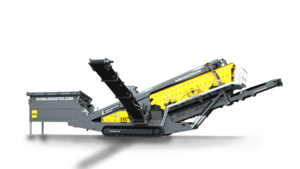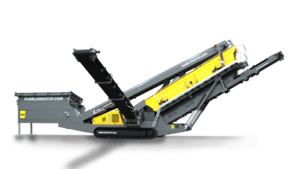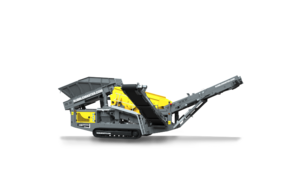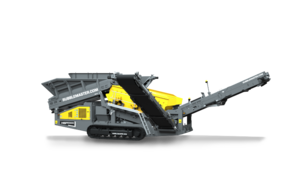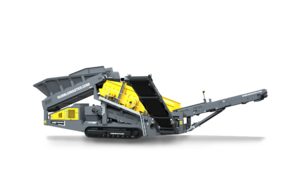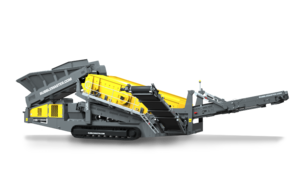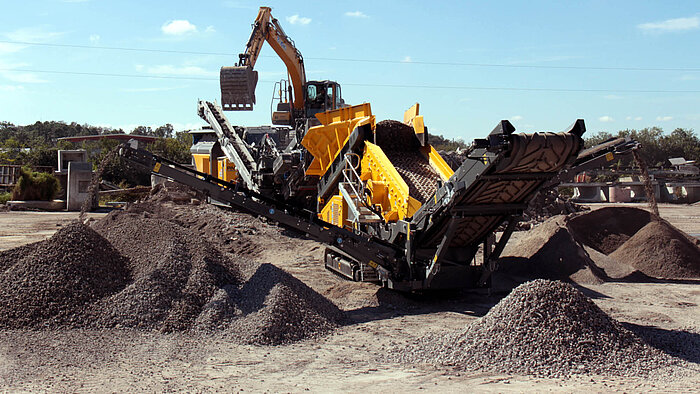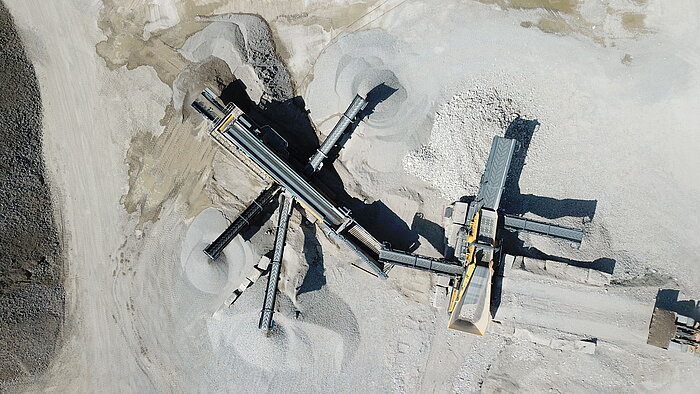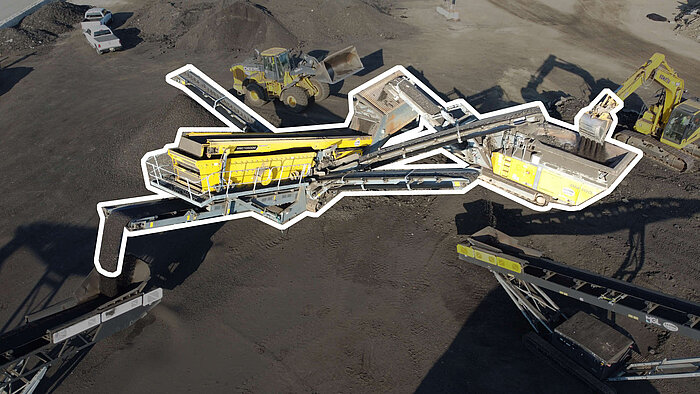Start with Great Topsoil Material
Knowing your soil quality is key because it directly affects plant growth
Not every type of soil is a good product for sale. You must know your material and what is best for landscaping. Each type of soil is composed of various minerals and organic materials, which affects water retention and plant growth. Some soils include sand, clay or silth.
Sandy topsoil: Sandy topsoil is commonly found in coastal areas and in deserts. Its low organic material content results in a lack of water retention capabilities, which makes it hard to cultivate plants. Fast soil erosion makes it extremely difficult for plants to grow. In landscaping sandy soils are perfect for draining excess surface water.
Silty soil forms when tiny particles are eroded by water and wind in flood plains. Despite holding lot of moisture and organic material, it lacks nutrients so that does not support plant growth.
Clay soil: clay retains water but lacks organic material. The moisture retention makes clay ideal for planting crops that require lots of water during hot summer months. The clay keeps the water from draining away too quickly. However, it is difficult for plants to take roots because of the lack of organic matter.
Loam soils are a mixture of silt, sand, and clay in roughly equal amounts and combine the best of all worlds. It is created through sediments carried by rivers that settle out and form loam topsoil. It retains water and is very fertile because of the organic material that retains nutrients. This makes loam good for gardening. The nutrient-rich soil in combination with well-draining properties of excess water make it perfect for cultivating plants. In this sense it is the best kind of soil because it has a neutral pH balance that will not affect plant growth negatively.
Chalk: ,Limestone erosion creates chalk topsoil, which are often very alkaline. Therefore, it might not be ideal for some plants that require acidic conditions. It should be avoided as much as possible in gardening and landscaping because the porous properties of limestone allow chalk to absorb moisture quickly but also dry out quickly during dry periods. Chalk absorbs water during winter months and after rainfall.
It is found primarily in low-lying areas such as riverbanks or coastal regions where sedimentary rocks have been eroded and washed out over time. If mixed with sand, peat moss, and compost it makes the perfect growing soil that retains moisture while draining excess water, rich in nutrients and vital components for plant growth.
Peat topsoil forms in areas that are under water for an extended period such as bogs and swamps. The peat accumulates from dead plant matter, compressed by the pressure of layers of sediment building up over time which is rich in organic matters. Excavated peat is often dried out to mix with other soils to build loam mixtures and also mulch or compost.
How to identify good topsoil?
Your inbound soil material from construction projects or dumped off by other contractors vary in quality. A good quality soil is darker tone, which indicates more organic material that is needed for plant growth. Light topsoil or dirt (light in color) is lacking organic material and impedes plant growth. If the soil is blue-green or gray tone it could mean that it was continously wet and is saturated with water, which also doesn't make a good commodity. The texture and moisture should feel good and the soil should crumble in your finger. Material that is too dry and too hard doesn't make a good soil product.
